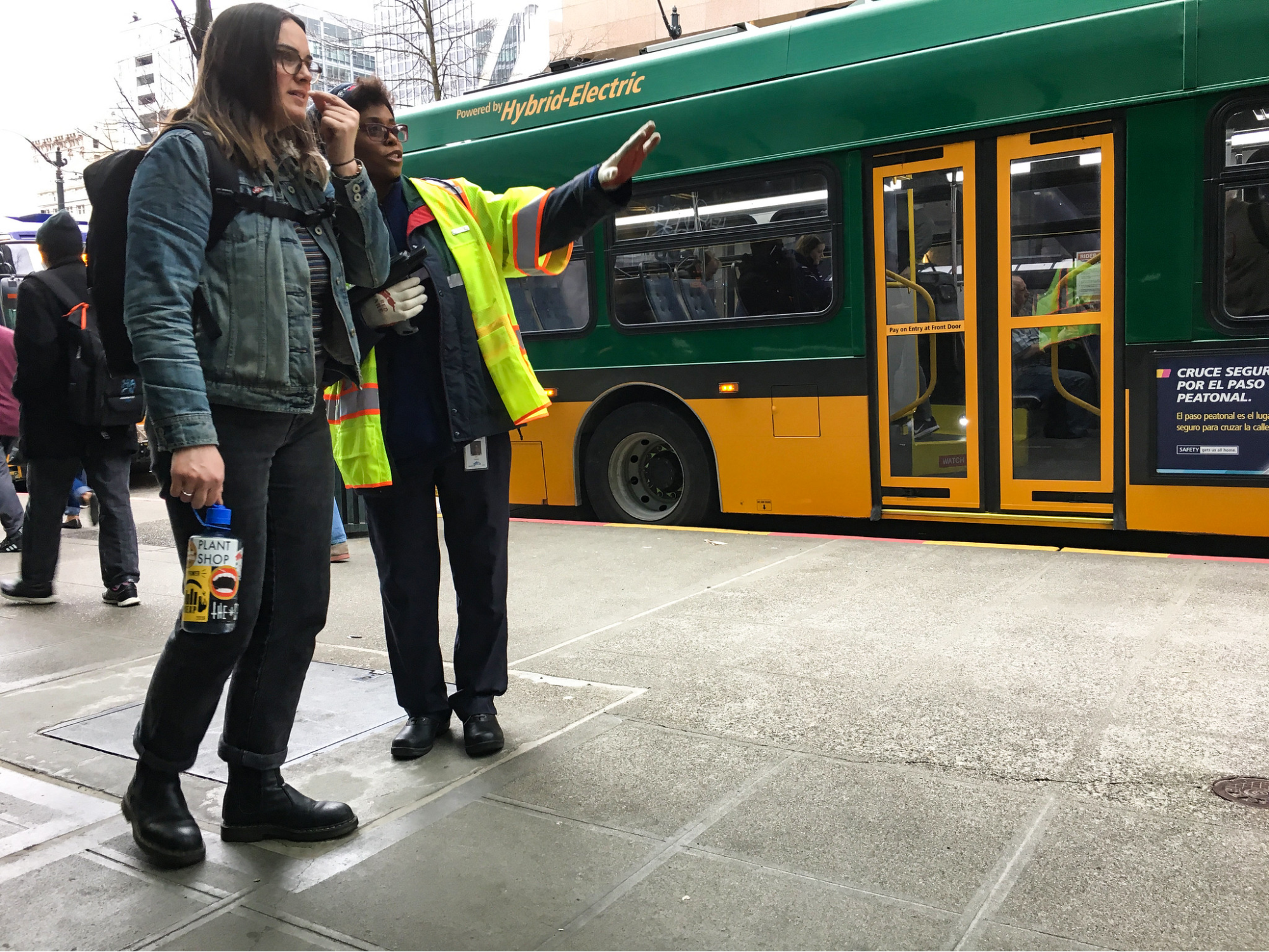Chalk this one up for the public transit heroes.
The King County Council voted 5-3 Wednesday to let riders of its Metro bus system pay for their parking with money, rather than time, if they want to.
At 10 of the system’s most crowded park-and-ride lots, Metro will soon sell monthly permits to access up to half the parking spaces that adjoin major bus hubs.
Carpoolers will still be able to get free permits, and low-income riders will get steep permit discounts.
It’s a fairly modest policy shift—projected net revenue is just $640,000 per year by 2021, less than a tenth of one percent of the agency’s operating budget—but a symbolically crucial one. That’s because free park-and-rides, when they’re built, are seriously expensive and one of the worst possible ways to use the precious land near high-service transit hubs.
By King County Metro’s calculations, bus lanes and signals boost ridership three times more per dollar and benefit all riders, not only the disproportionately wealthier and whiter ones who can afford cars.
Despite that, agencies across the Pacific Northwest and beyond have kept building free park-and-rides due to a combination of false economy, perverse federal incentives and politicians who don’t ride or understand transit themselves. As I wrote last week, it’s a series of honest mistakes that add up to the work you’d expect from a devious anti-transit supervillain.
For frustrated transit riders, the effect is more like a hot dog stand that always runs out of hot dogs by 7 a.m., because it insists on giving them all away for free to whoever is able to show up first.
At King County Metro, one of the nation’s most respected and successful transit agencies, no more. The change was led by Councilmember Claudia Balducci, the former mayor of Bellevue, who cited Donald Shoup’s groundbreaking book The High Cost of Free Parking from the dais.
Metro will join British Columbia’s Translink—by far the most-ridden transit agency in Cascadia—in charging for parking at the busiest lots. (Sound Transit, the agency that operates Seattle-region passenger rail, also started charging for some parking spaces last year.)
If Metro is smart, it’ll reinvest the net revenue in things that reduce the need for anyone to park near the stations: bus signals, all-ages bike networks, crosswalks.
TriMet, in the Portland metro area, continues to offer free park-and-rides. This summer, a steering committee is considering whether to spend tens of millions on more free parking spaces as part of a new rail project that could go before voters next year.
Charging for parking isn’t a one-stop solution to transportation problems, of course. But we’ve been focusing on it here at Sightline for decades now because the problems of parking “shortages” are similar everywhere, and supremely solvable. The answer isn’t to pour hundreds of millions into more and more free parking. It’s to require parking to pay its way like everything else that can happen on the land next to a really good transit stop.
Once you’ve done that, it becomes easy to see that “everything else” creates more value, and in the long run delivers far more riders, than seas of asphalt and concrete. There are many better ways to spend precious public-transit resources than on subsidizing driving with free parking.
King County Metro will soon start proving that, just like every other transit agency that’s gone before it.


Comments are closed.